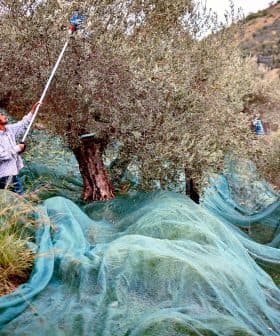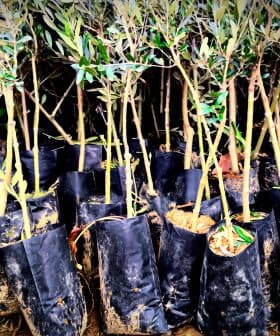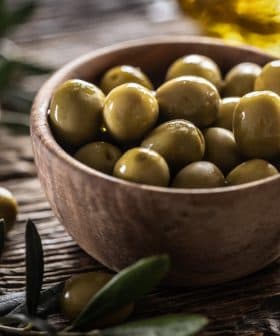In Tuscany, Farmers Cope With Climate Challenges While Striving for Top Quality
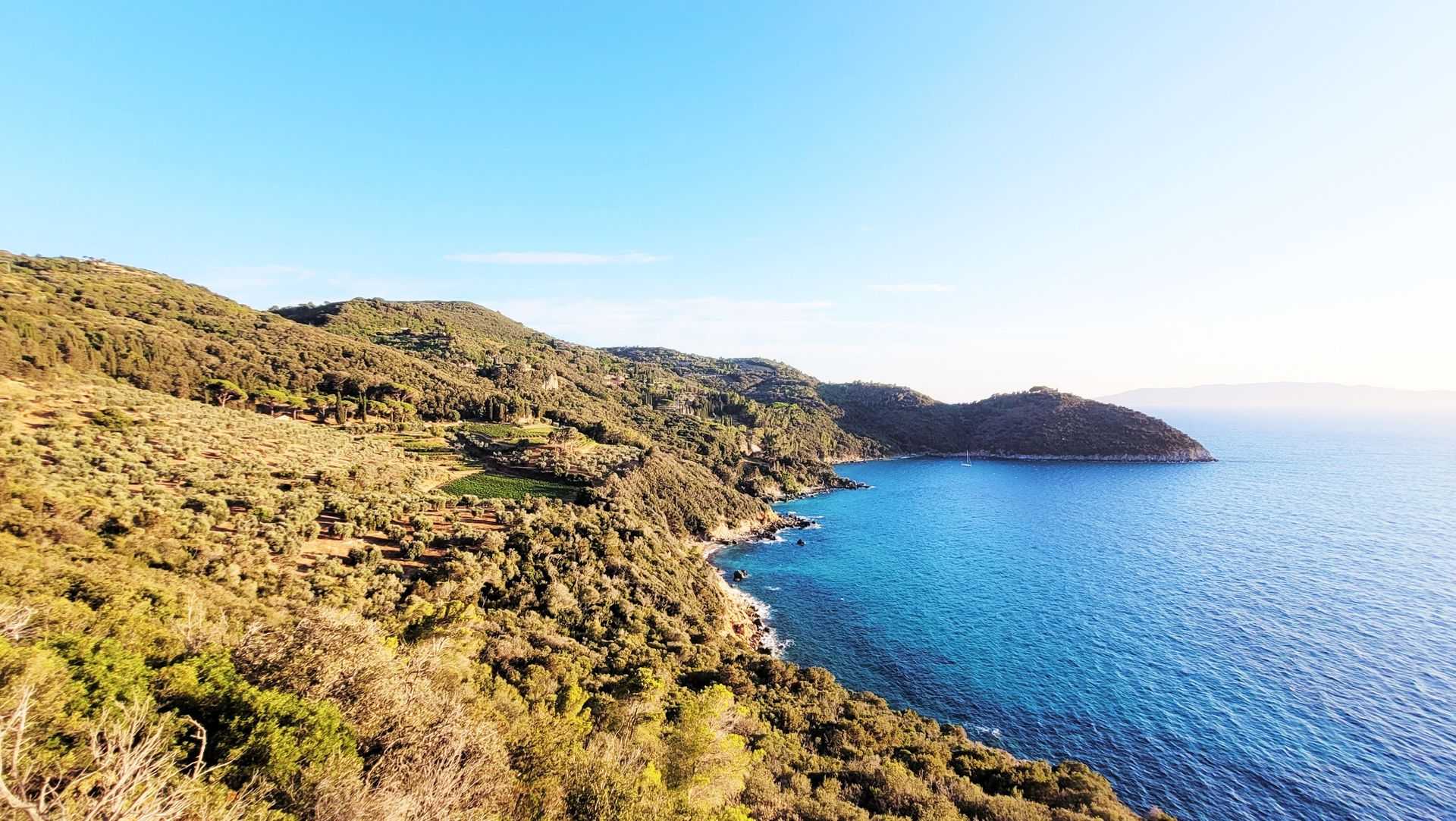
Tuscan olive growers reflect on their successful past harvest, which led to Tuscany being the most awarded Italian region at the 2021 NYIOOC World Olive Oil Competition. Despite some challenges with delayed flowering and lack of rain, producers anticipate a lower production this year due to the impact of heat waves and drought on olive trees.
As the new harvest gets underway, Tuscan olive growers take stock of their achievements while making plans and forecasts for the future.
They have an outstanding harvest behind them, both in the quantity of fruit and product quality, which made Tuscany the most-awarded Italian region at the 2021 NYIOOC World Olive Oil Competition.
Overall, the olives suffered due to a concomitance between lack of water and high temperatures.
“The last one was an excellent season,” Gionni Pruneti, of Frantoio Pruneti, told Olive Oil Times. “We had an exceptional winter and spring, with the right rains and then flowering at the right time, a summer that was dry but not too hot, and in the end, we achieved exceptional results: abundant fruits from which we obtained excellent products.”
“This year, instead, in Chianti, some problems occurred with flowering that was delayed by late frosts,” he added. “Some plants bloomed later, even in June, and we noted that varieties such as Moraiolo suffered particularly from this lag. Many flowers were harmed by the heat and withered without being able to pollinate.”
See Also:2021 Harvest UpdatesDue to these conditions, Tuscan producers and their colleagues in Italy’s central and northern regions expect a lower production, which preliminary forecasts have borne out.
“Last year, a series of ideal conditions led to a very good harvest in our region,” said Claudio Cantini. He is in charge of the Santa Paolina experimental farm of the Institute for BioEconomy of the National Research Council (IBE-CNR) in Follonica.
“The high number of awards obtained at the NYIOOC by Tuscan farmers is the result of favorable weather conditions, coupled with the almost total absence of pests like the olive fruit fly,” he added. “Fruit ripening took place smoothly, the olives arrived healthy to the mill, and therefore the quality was very high, with peaks of excellence.”
According to Cantini, the presence of the olive fruit fly was low this year too. Still, the shortage of rain was a significant problem, especially along the coast, which followed the production trend recorded in central Italy.
“We have to consider that, for example, in the area of Grosseto, a little over 20 millimeters of rain fell from January to August,” he said. “Overall, the olives suffered due to a concomitance between lack of water and high temperatures, which in some areas abundantly exceeded 35 °C, approaching 40 °C. In response to these stresses, a significant fruit drop occurred, especially in the non-irrigated orchards.”
In some areas, particularly on the coast, farmers had problems with poor fruit growth that resulted in a prevalence of the pit over the pulp, said Cantini.
“This could be a year with ups and downs,” he added. “We still could find excellent productions in small areas with a favorable microclimate, in particular where some rain has arrived during the summer.”
Giulio Betti, a meteorologist of the IBE-CNR, told Olive Oil Times that “the current weather trends suggest, for the next two months in Tuscany, average or slightly higher seasonal temperatures. We expect that through November the rain levels could be slightly below average.”
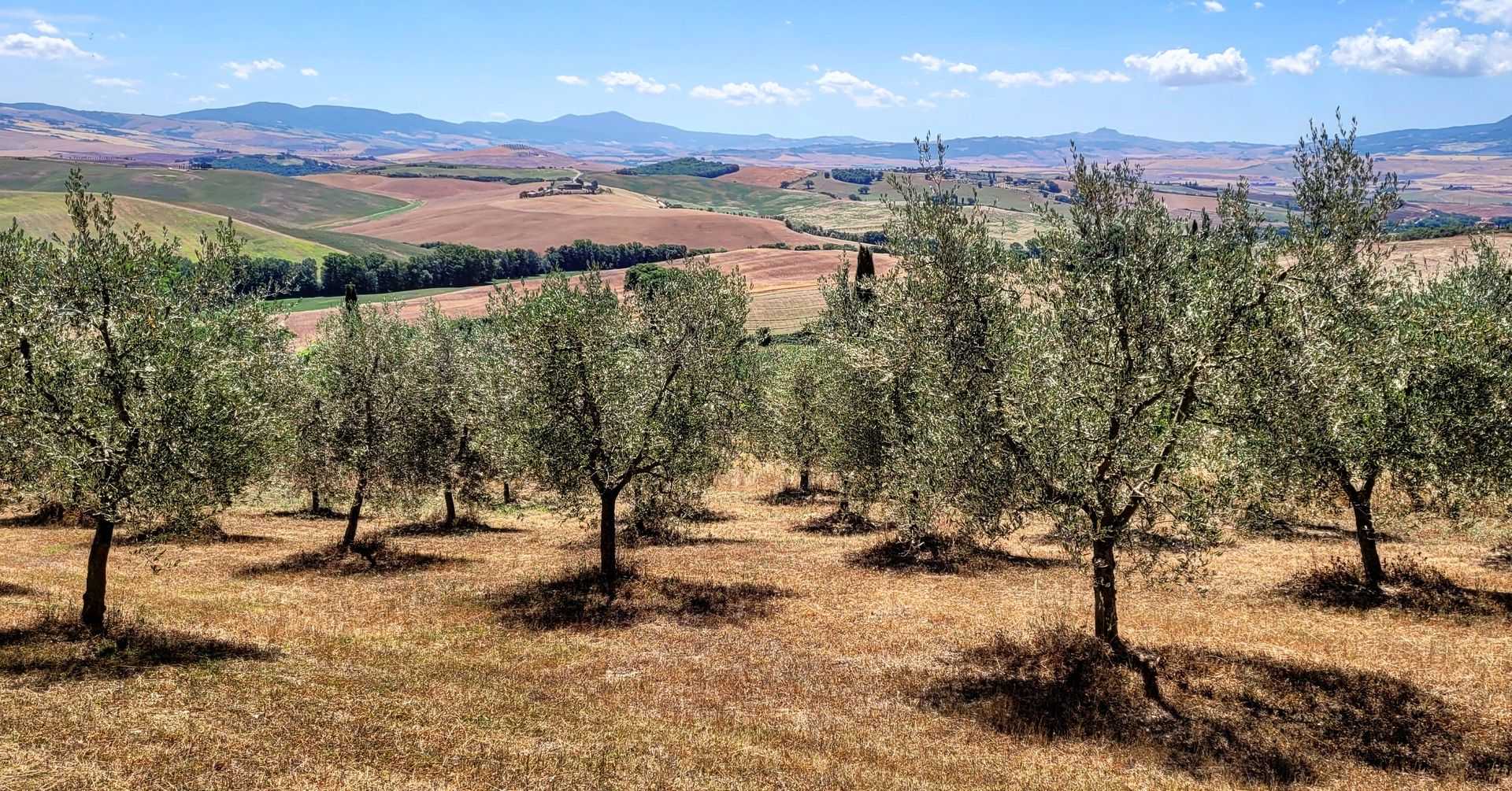
Olive groves in Val d’Orcia (Ylenia Granitto)
Summer 2021 in Italy was the sixth hottest since 1800, with a national anomaly compared to the 1981 to 2010 climatology of +1.55 °C, Betti wrote in a tweet.
“Over the last 15 to 20 years, heat waves have increased in intensity, duration, and frequency throughout Italy,” he said. “They affect crops, and it is a fact that they will increase, becoming more intense.”
“The latest BBC report, however, states that even if we manage to contain global warming by 1.5 °C, the effects of what we have done so far will still have an impact for years,” Betti added.
“Moreover, drought persisted for months throughout Italy, which means that it is not so easy to get out of it,” he continued. “We need a series of organized perturbations, which are not ruinous local storms that cause damage, but extensive and widespread rainfalls that slowly mitigate the agricultural drought and, at the same time, reduce the risk of fires and replenish groundwater supplies as well as the reservoirs which serve for irrigation.”
After a long dry period in mid-September, some rain has fallen, first in southern Italy and then, by the end of the month, in the central and northern areas of the country. However, the first significant precipitation throughout the peninsula did not fall until early October.
“While some studies indicate a certain tendency toward the intensification of precipitation in terms of the amount and duration, we must specify that this kind of forecast in the mid-long term is complex,” Betti said.
“On the other hand, what becomes clear is that we will see an increasingly frequent alternation between years with very abundant rainfall and years with extremely scarce rainfall,” he added. “This sequence of very dry and very rainy periods is certainly one of the factors that will make it more difficult for olive growers to plan their farm activities every year.”
At Pruneti’s organic farm, new olive trees were recently planted, which need to be irrigated in their early years, a standard practice.
“The great heat of the summer caused water stress to some plants,” Pruneti said. “On the other hand, it naturally safeguarded them from the olive fruit fly, whose activity in July was immediately blocked.”
“A long period of drought endured in our region, especially in Maremma, yet it was those severe heat waves that caused concern to us farmers, as in some moments we reached 38 °C to 40 °C, and with such temperatures, the olive tree drops the fruits to defend itself,” he added.
“These certainly are issues that, from an agronomic point of view, we must learn to manage,” Pruneti concluded. “At this rate, predisposing at least an emergency irrigation system sounds like a mandatory path.”





